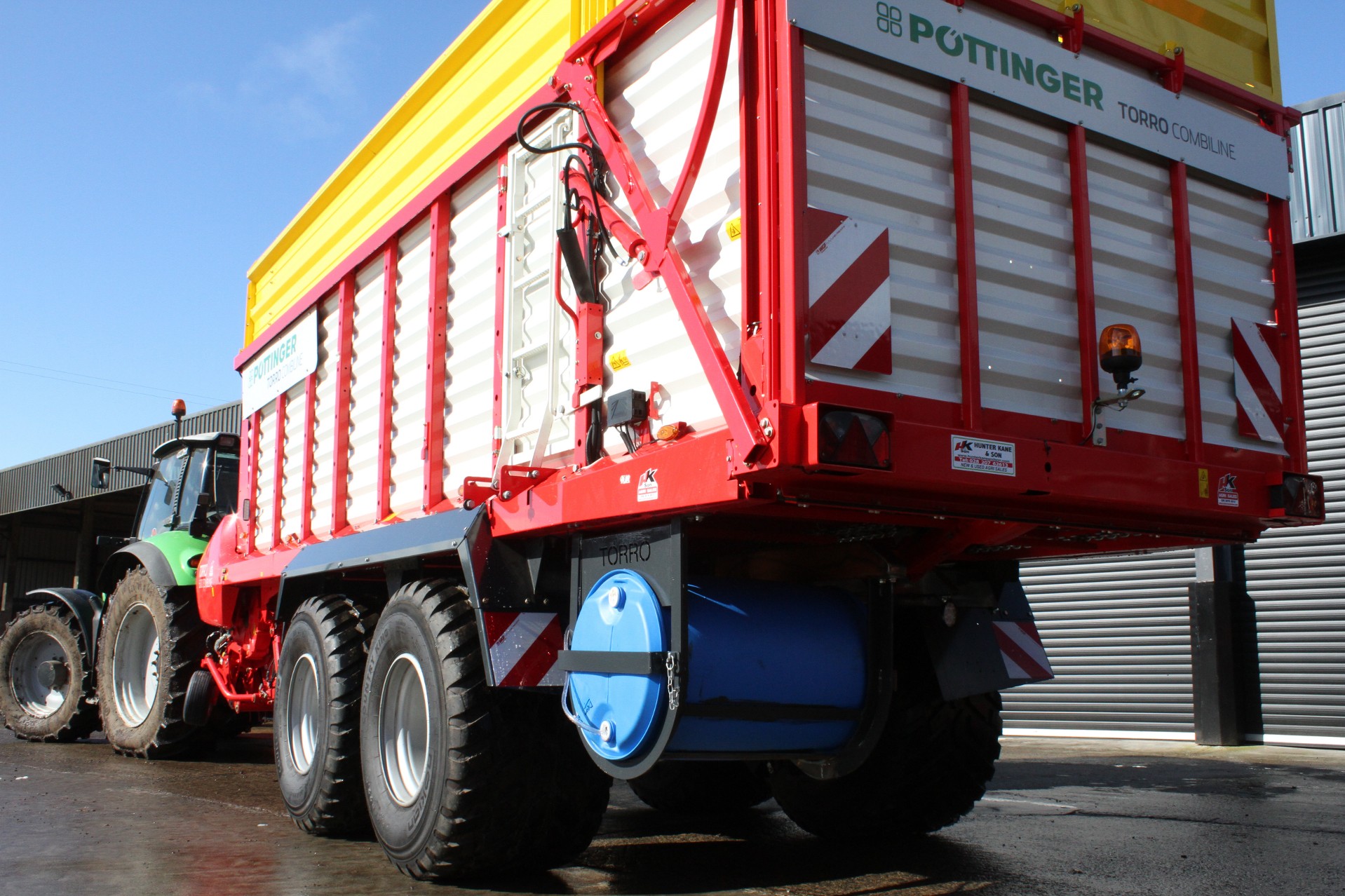One of the most common questions around silage making time is, how many tonnes per acre are there?
Provita’s Tommy Armstrong suggests the following method.
“Silage yield can be assessed very easily by simply weighing the actual quantity of grass cut from a half metre by half meter quadrat.
“When doing farm trials this year, I wanted to be very accurate in the application of our silage inoculant Advance+.
“When I was researching a method to do this I looked at the calculation used for usable grass dry matters per hectare for grazing. I figured out that the same method can be used with a little modification.
“It is important to cut the grass to mower height with clippers. Once the grass has been weighed in kilos it is simply a case of multiplying this figure by 40,000 to get to a KG output per hectare figure.
“For example, if the cut grass weight is 0.6kg multiplied by 40,000 and then divided by 1000, this translates to a total fresh forage output per hectare of 24 tonne. By dividing this figure by 2.4, one arrives at an output per acre figure of 10 tonne. A simplified version is to multiply the weight in kg by 16.7 e.g. 0.6kg x 16.7 = 10 tonne yield per acre.”
Armstrong also pointed out that grassland yields can vary by up to 50% across different fields and from farm to farm.
He continued:
“If using a silage additive it should be applied accurately so that it works but not higher than it needs to be as this wastes money.
“Assessing grass fresh-weights is a very straightforward process. And I would encourage all farmers to look at this option at silage-making time.
The Provita representative said that an accurate estimation of the grass tonnages to be harvested will allow farmers and contractors to accurately estimate the amount of inoculant they will need.
“An application rate pf 400g for granular inoculant per tonne is the norm,” he said.
“So it’s a good idea to have the inoculant applicator calibrated accordingly.”
According to Armstrong, the output from applicator on the harvester should be measured for 1 minute.
“Just time the output using jug for 1 minute. Then a representative load of grass should be timed and ideally weighed. This will then give the harvester tonnes-per-minute rate. Alternatively this can be calculated using harvester speed and row widths. For trailed harvesters, this averages around 1 tonne per minute. But this will be different for each machine. Farmers using Advance+ silage inoculant can have their yields assessed and their applicator output checked so that our inoculant is being used at the correct rate ensuring no wastage, a good fermentation and less spoilage at feed out.”
Provita’s Tommy Armstrong is confirming that silage making conditions will be optimal over the coming days.
“All the fields we have tested have been low in nitrogen and high in sugars it all adds up to a great opportunity for farmers to make very high quality forage. However there is showers predicted in the forecast.”
“It should also be pointed out that the use of a proven inoculant, such as Provita’s Advance+, represents the icing on the cake, where forage quality is concerned.”
Armstrong confirmed the benefits of Advance +, both in terms of helping to make high quality silage and maximising forage availability at feed out.
“The inoculant has been specifically formulated with EU approved stains to provide maximum effect with the grasses grown in Northern Ireland and our unpredictable climate.
“When combined with good crop and clamp management it will act to ensure a much faster fermentation, better forage quality, plus better stability levels at feed out.
